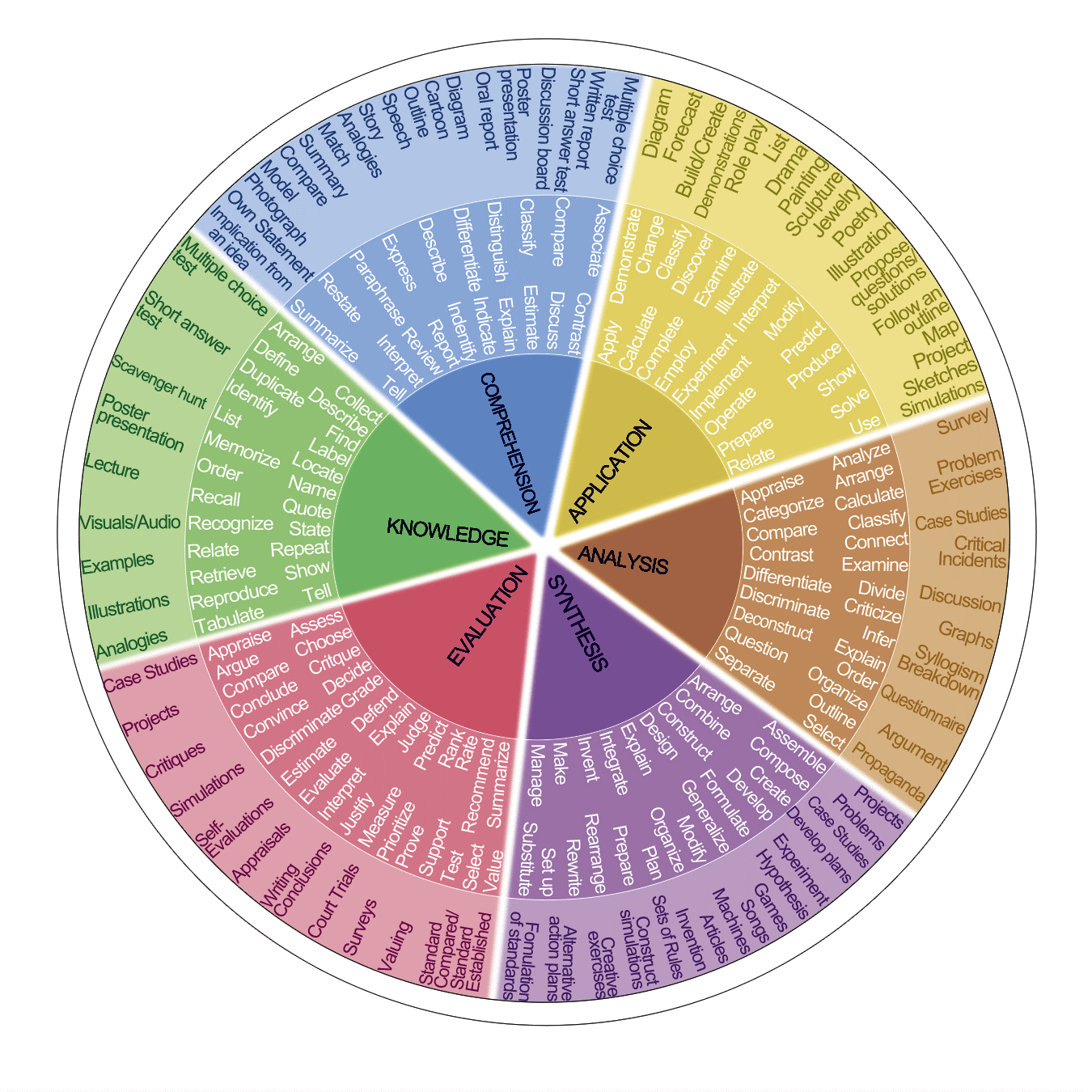Importance of Alignment in Your Course

We all know that our cars need an alignment service once in a while. But have you thought about the alignment of your course?
Ensuring online course alignment means that all critical course components work together to confirm that your students achieve the stated learning outcomes. You will want to be sure that you have aligned critical course components such as teaching materials, learning activities, assessments, other learning tools. Teaching materials contribute to the learning objectives; Learning activities promote the learning objectives; learning tools support the learning objectives.
Learning objectives form the basis of your course. When you begin the process of creating your online course, the first step is to define learning objectives for the course and then for the Modules, Units or Weeks, depending on how the course is set up.
Keep the Learning Objectives Student-Centered
Learning objectives should focus on what students will be able to do, rather than on what the instructor will teach. The learning objectives need to be precisely and clearly stated using concrete and measurable verbs. Objectives that are written with words like “understand”, “know”, “learn”, “realize” are hard to measure. Rather than “understand” we can expect the student to be able to “Interpret”. Instead of asking a student to “know”, we can ask students to “Describe”. These verbs can be measured and require a higher order of thinking on the part of the student.
The verb wheel pictured below is based on Bloom’s Taxonomy and can be very helpful when writing course and module objectives. Remember that module objectives should be aligned with the course level objectives and should be written at a level suited to the level of the course.

Fremi, J. (2017, November 10). Writing learning outcomes and course objectives. Retrieved March 14, 2019, from https://blogs.uis.edu/colrs/2017/07/13/writing-learning-outcomes-and-course-objectives/
When preparing the course materials, activities and assignments for your course, remember to keep in mind their alignment to particular objectives.
Alignment in Learning Materials
The learning materials can be a variety of formats (textbook, instructor-created lectures, video, audio, and additional resources from library and webpages) and contribute to the achievement of student learning goals. When you prepare the materials, you need consider both course and module objectives and look for a clear and direct way in which the materials are aligned with both level objectives.
Alignment in Learning Activities and Assessments
Without the alignment between learning objectives and learning activities/assessments, students will spend time on activities, assignments and assessments that do not lead to intended goals. For example, (if) the objective is to “defend” an idea, but the assessment used is a multiple-choice quiz, students do not learn or practice the skills of defending an idea.
A good practice is to show students the alignment of Course Objectives to Module Objectives and show which Activities and Assessments are connected to those objectives. This can easily be done in a table at the beginning of a module.
| Module Learning Objective | Alignment with Course objective | Learning materials | Learning activities | Assessments |
| Identify the basic activities and benefits of information management and benefits | Analyze a business situation to determine an information management need | Read textbook chapter 1
Watch the video in the module |
Participate in Discussion#1
Take practice quiz |
Take graded quiz #1
|
Just like with a vehicle, you will want to perform some routine maintenance on your course, such as adding new instructional materials, changing the assessments, and updating the activities. When adding and subtracting items from your course, you will want to keep in mind that those changes can have an impact on the overall alignment of the course.